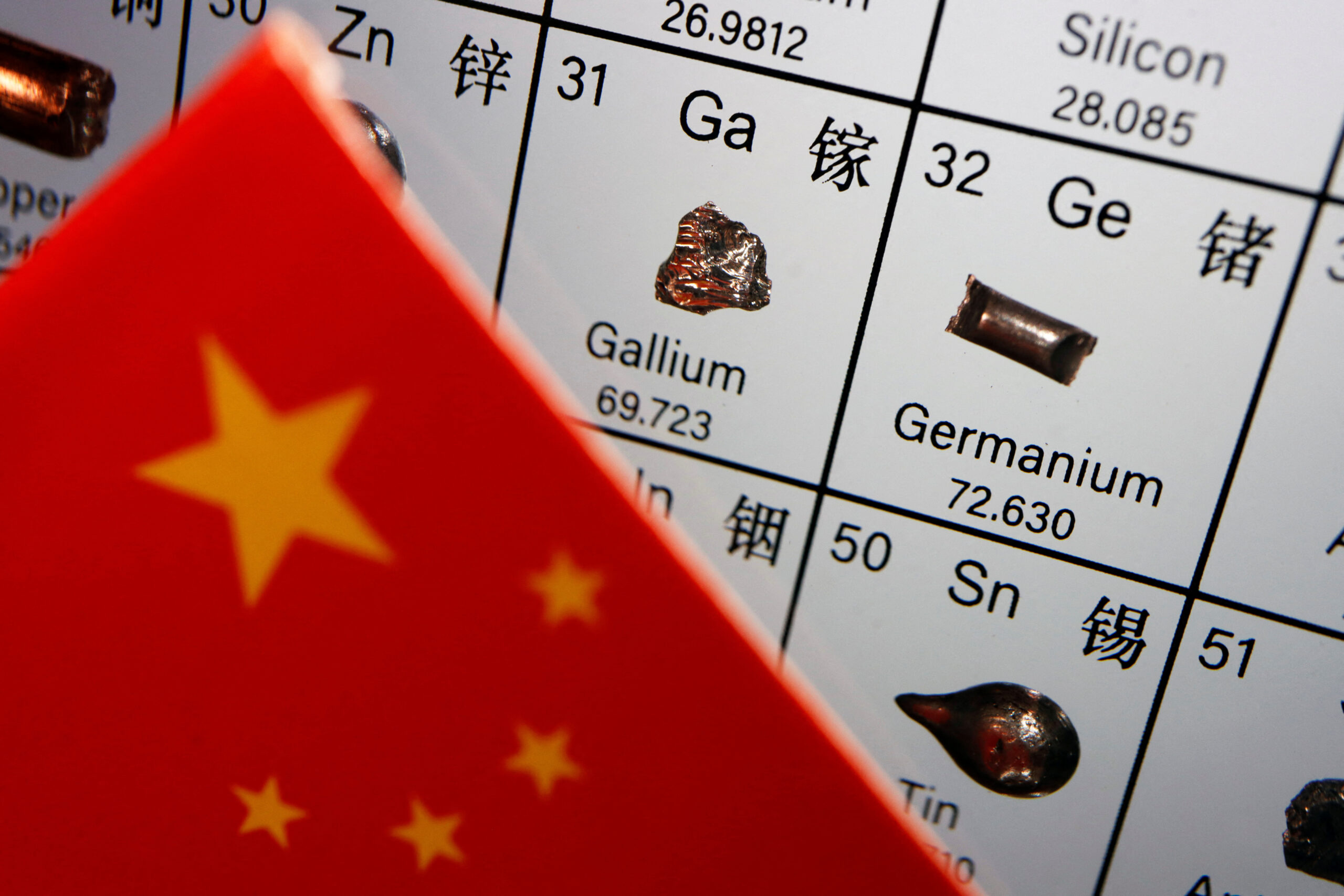China is strengthening its economic ties with its neighbours in Southeast Asia through ASEAN, the region’s political and economic union. As China recently hased out out details of a bolstered free trade agreement with ASEAN, it is worth considering another major trade project — the Belt and Road Initiative.
he trillion-dollar initiative launched in 2013, offering generous financing deals on infrastructural projects that would link China to every part of the world, except the United States.
It is often seen as a rising China’s challenge to the global order. But in some cases, like Sri Lanka, debt picked up through Belt and Road has hurt more than helped.
But the Belt and Road Initiative is important to ASEAN, a regional economy which has orbited around China since 2000. China’s population is about twice as large as the combined population of ASEAN nations, and its economy is also bigger.
China’s southern mainland forms a land border with many ASEAN countries, shaping lots of projects in the works.
In Laos, China is providing finance for a transborder railway to connect capital city Vientiane with Kunming in south-west China, while Cambodia has a highway, a communication satellite and an international airport on the way. In Timor-Leste, China has invested in a highway, a port and built a national power grid that it operates and maintains. Indonesia’s mass transit and railway has benefited from Belt and Road, while Vietnam landed a new tramline.
China, the only country to consistently invest in Myanmar since 1988, has taken a special interest in the country. Along with two highways, China and Myanmar are working on a deep sea port in Kyaukpyu and launched a joint radar and satellite communication laboratory in 2018.
Singapore is not just a partner in Belt and Road, but also a founding member of the Beijing-based Asian Infrastructure Investment Bank, a World Bank alternative.
Most ASEAN countries perceive the Belt and Road Initiative as an opportunity to build up their infrastructure and boost their domestic economy, especially ahead of an anticipated slump in global growth.
The biggest beneficiaries from Belt and Road in ASEAN are moderate-sized economies, who take China’s offer to collaborate to help themselves, without falling into a debt trap where they owe more than they can pay.
Unless there’s a sudden and devastating shock to China, it will continue to play an important role in distributing and aiding global growth, especially to ASEAN nations.
Smaller economies should be the most wary when signing up for Belt and Road projects, as they are more vulnerable to political pressure from China (in particular, regarding disputes over the South China Sea). This is especially the case for Laos, Myanmar, Cambodia and Timor-Leste, who are reliant on generous lending terms from China.
But so long as the ASEAN countries involved in the Belt and Road Initiative can pay their debts and assess the potential benefits of the costly projects they’re committing to, the initiative can continue on as a shot in the arm for the region’s economy.
































